Search

Counties Designated as Disaster Areas and Qualify for Other Programs
Five South Dakota counties have been given disaster declarations due to dry summer conditions. This declaration gives producers in these counties and those in contiguous counties access to USDA-FSA emergency loans.
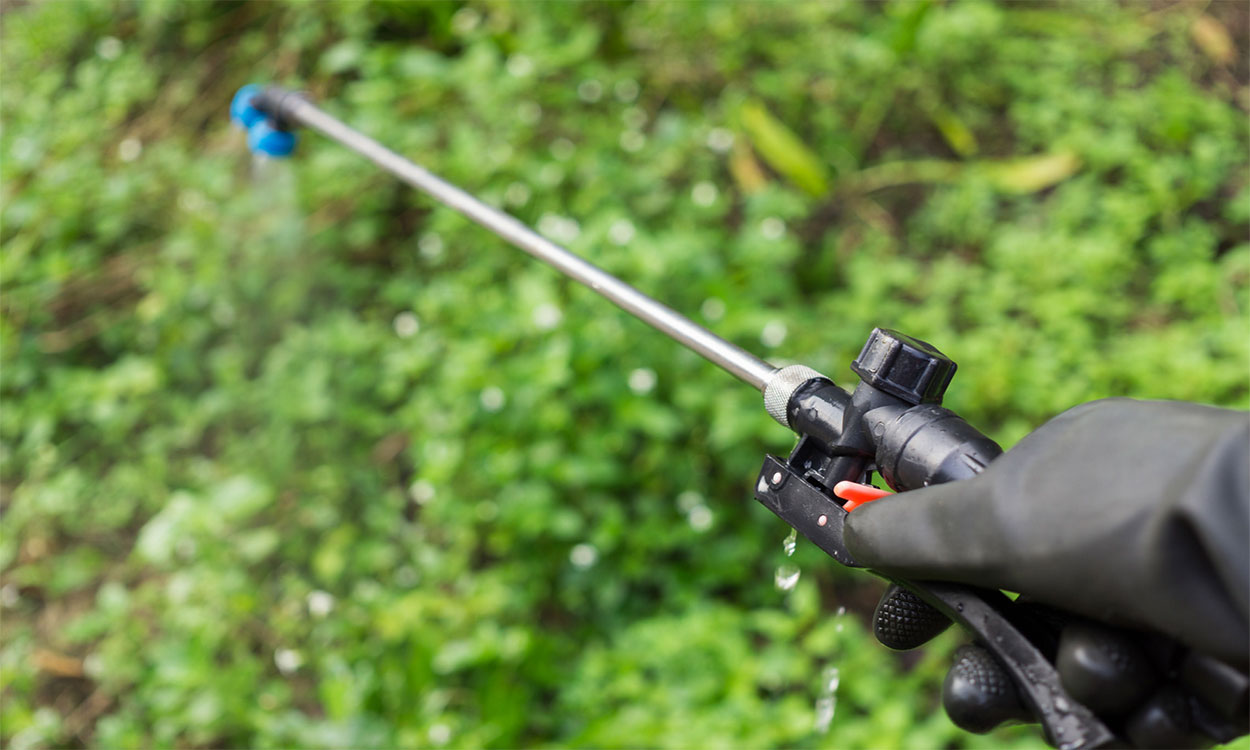
Organic Herbicides: Garden and Flower Bed Weed Control
Many South Dakota homeowners do not want to use inorganic or synthetic herbicides due to potential health impacts. Organic herbicides can be a useful tool for weed control when combined with other management practices.
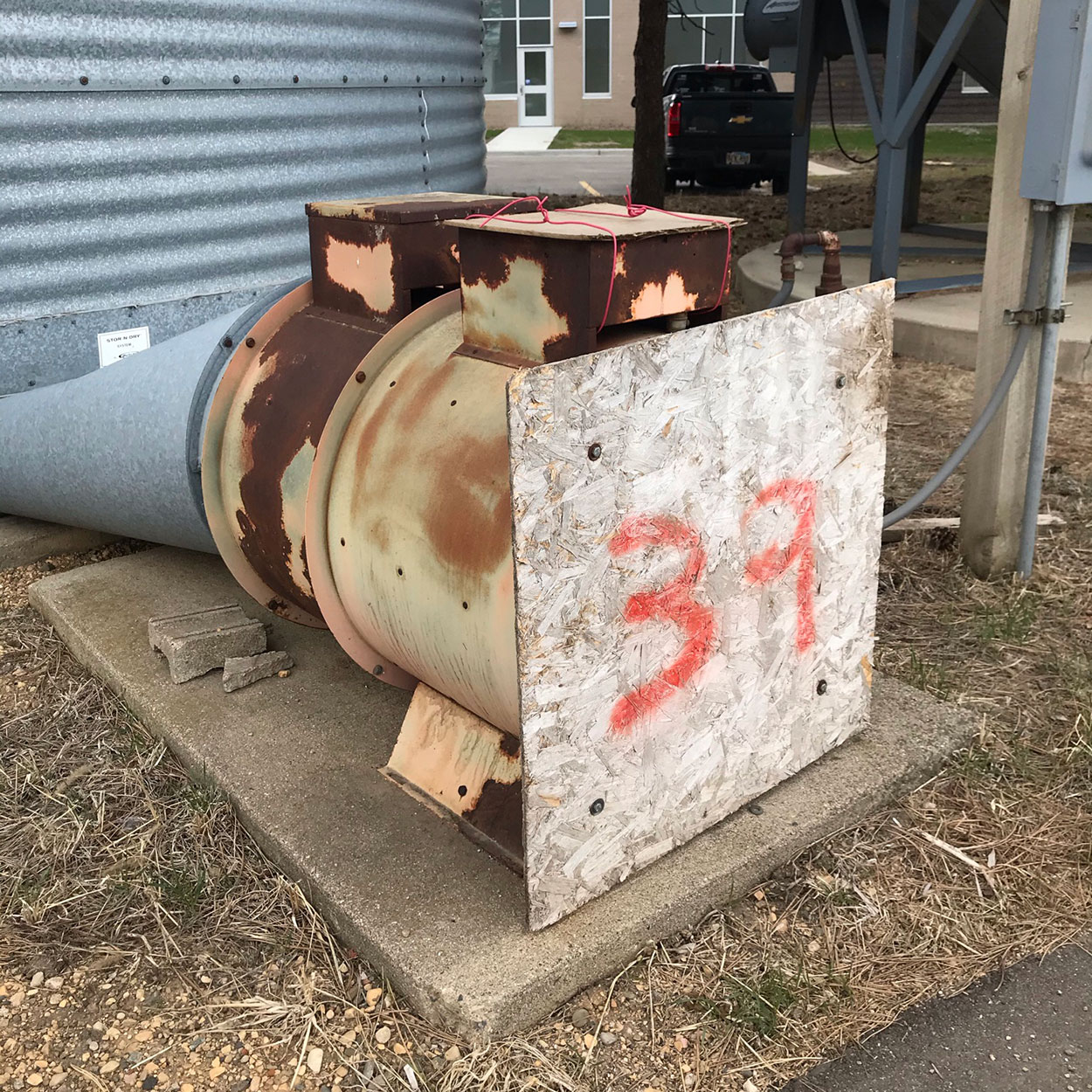
Check Your Bins This Spring
As it warms up this spring, don’t forget to check the bins. Grain bins work as solar heat collectors, and the grain inside of them may be much warmer than expected.

Crop Tolerance to Soil Herbicide Residual
Some herbicides can persist in soil, especially dry soil. Herbicide carryover could be an issue in 2021 across the state depending upon last year’s moisture levels and field conditions.

Wheat Streak Mosaic Developing in Winter Wheat Fields
A few winter wheat fields in central South Dakota have been found with wheat streak mosaic disease. Incidence of this disease varied from a few plants to large portions of the field with yellowing leaves.

Weed Control in No-Till Gardens
Mulch is the key to successful weed control in no-till gardening. It is best to start a no-till garden in the fall to give applied mulch the time to breakdown and suppress any weed growth.
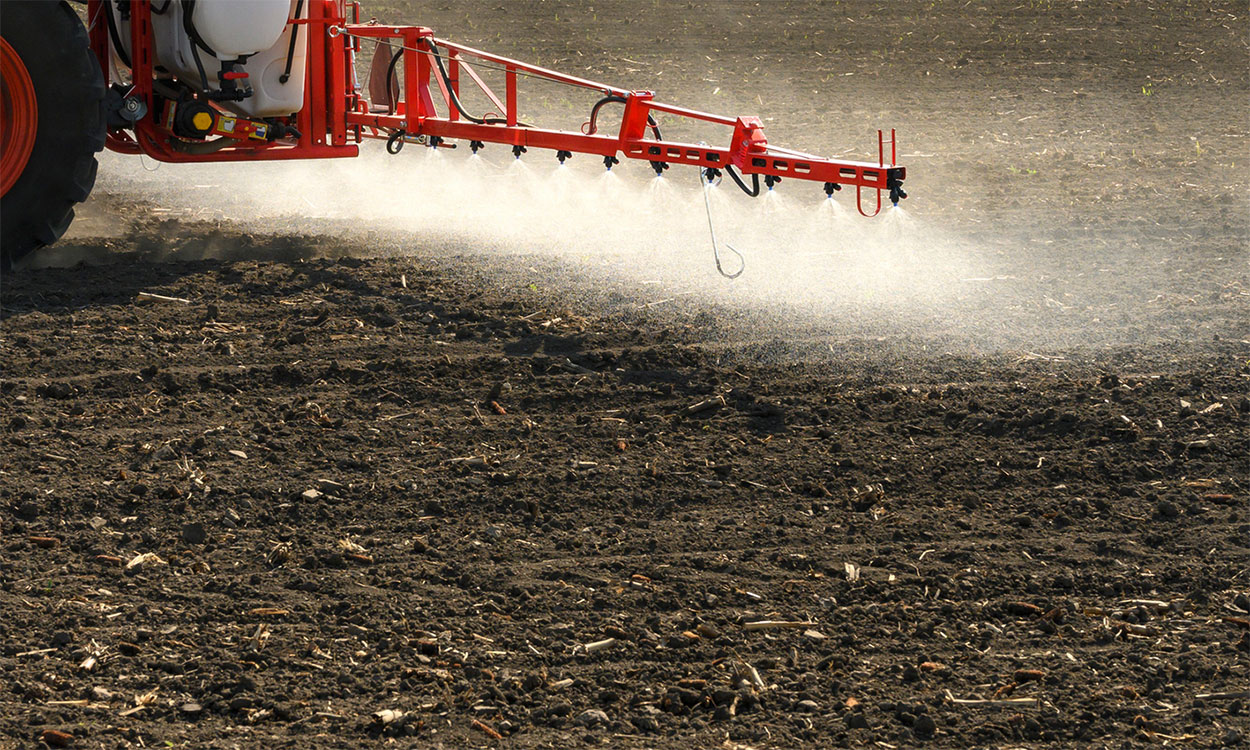
How Well Will Pre-Emergence Herbicides Work in 2021?
It is always good to start with a pre-emergence program to prevent weeds from becoming resistant. With the spring starting out below normal in subsoil, there are questions as to how well preemergent herbicides will work.

Herbicide Residual Effects on Cover Crops After Corn Silage
As cover crop usage has increased in recent years, managing weeds through a longer residual herbicide program has become more complicated. Learn some considerations for cover crops following corn silage.
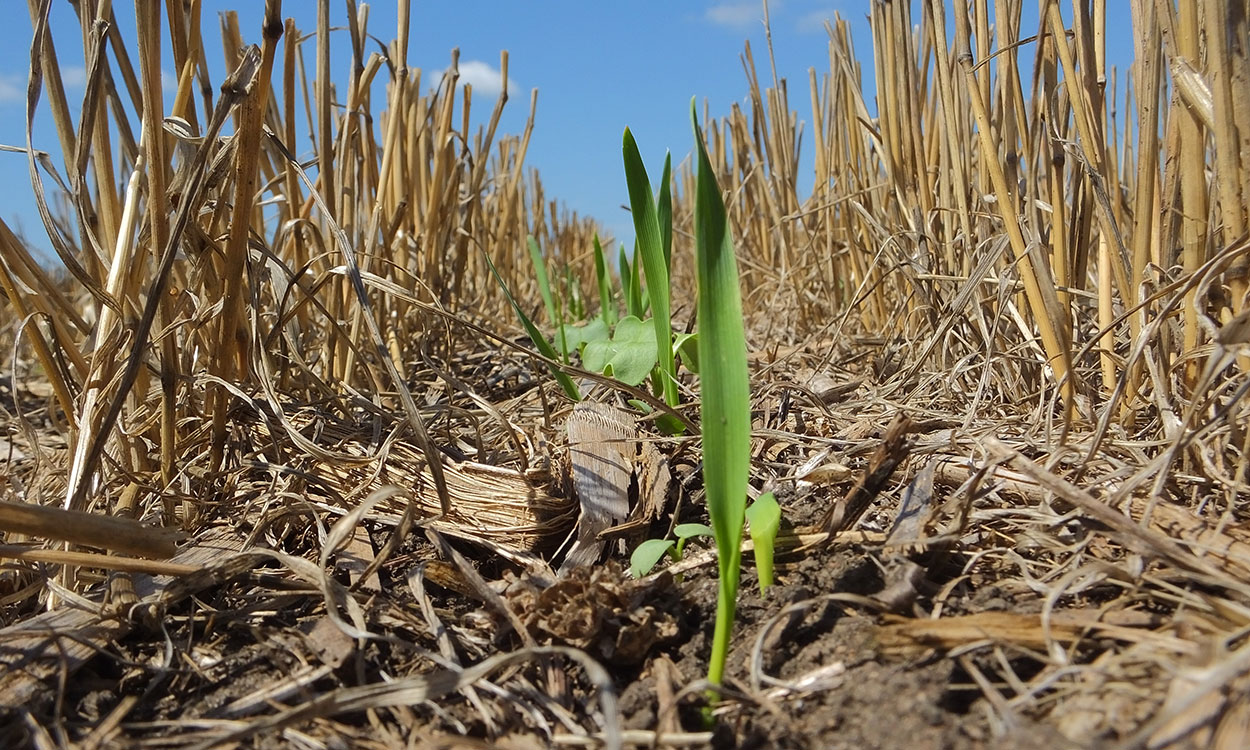
Herbicide Residual Effects on Cover Crops After Wheat
Increased use of cover crops following major crops brings up questions of herbicide effects on cover crop establishment and rotation restrictions. Learn some considerations for cover crops following wheat.
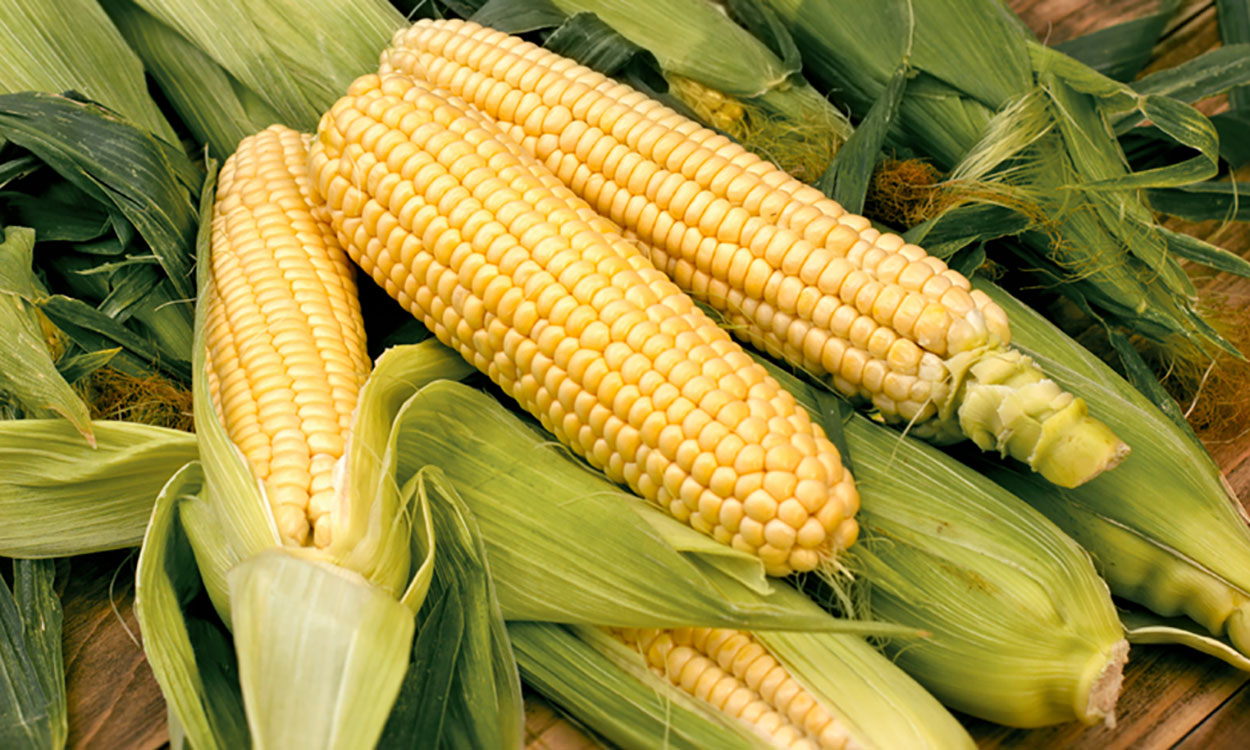
Weed Control in Sweet Corn
When growing sweet corn on a large scale, weed control can be challenging, and certain steps need to be taken before choosing an herbicide.